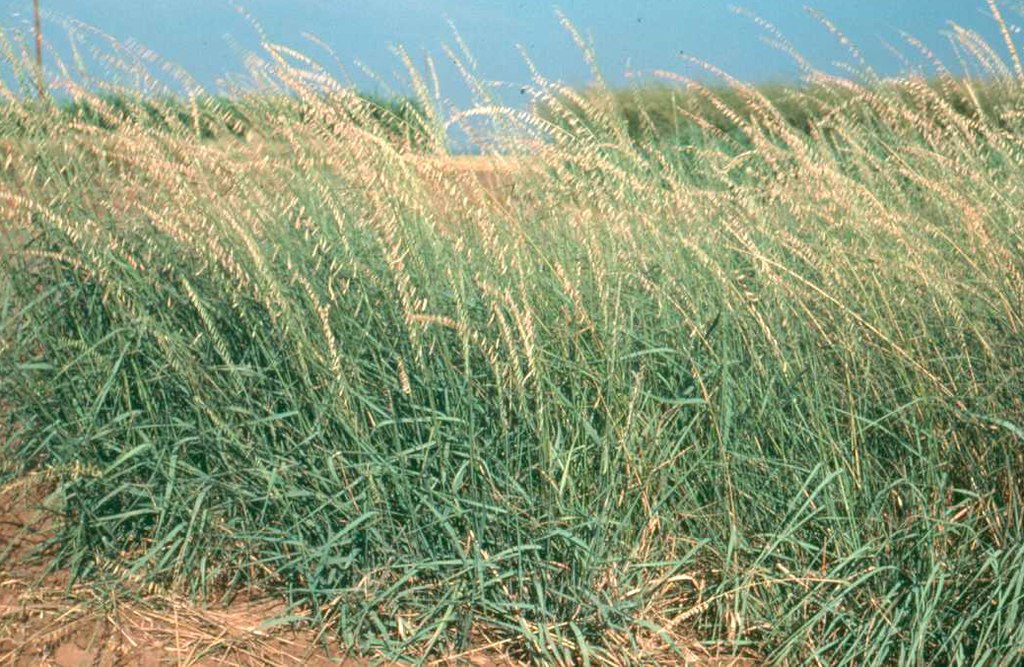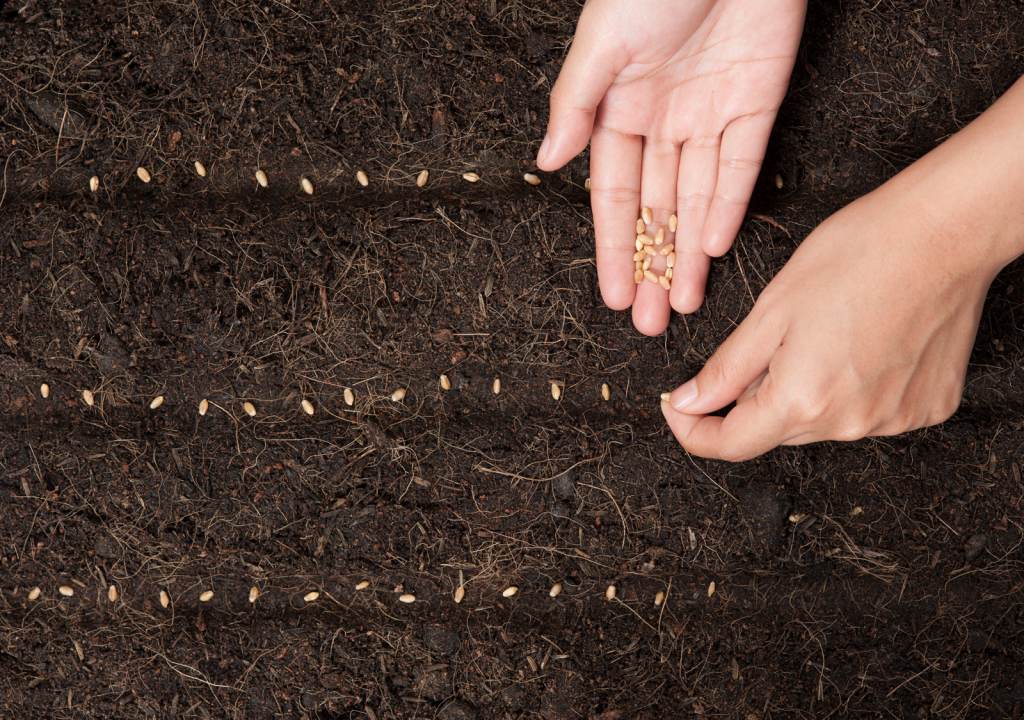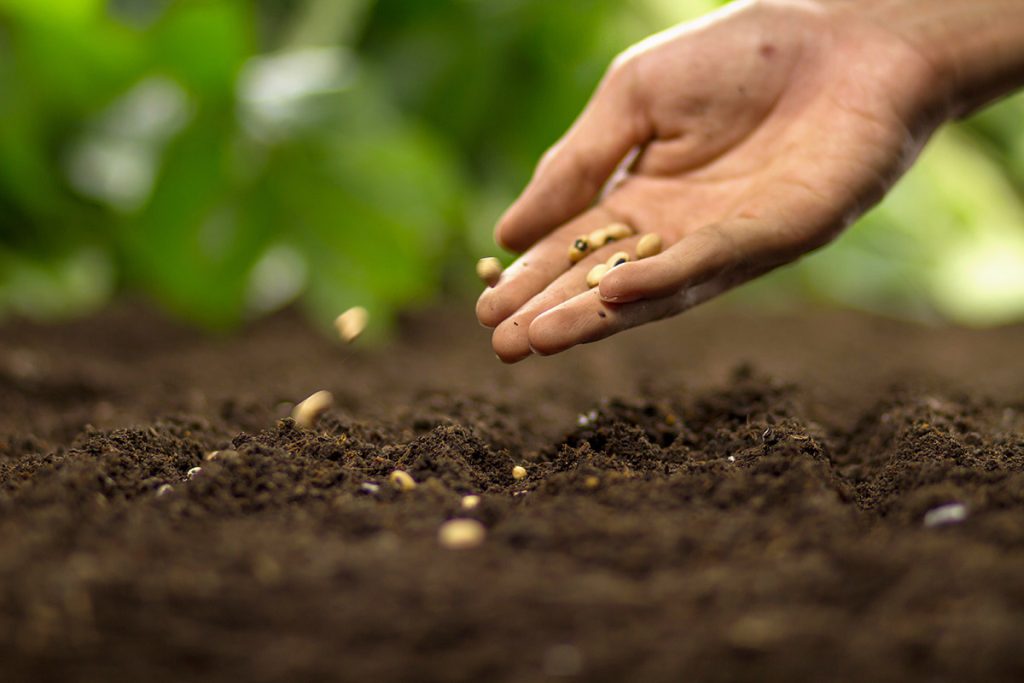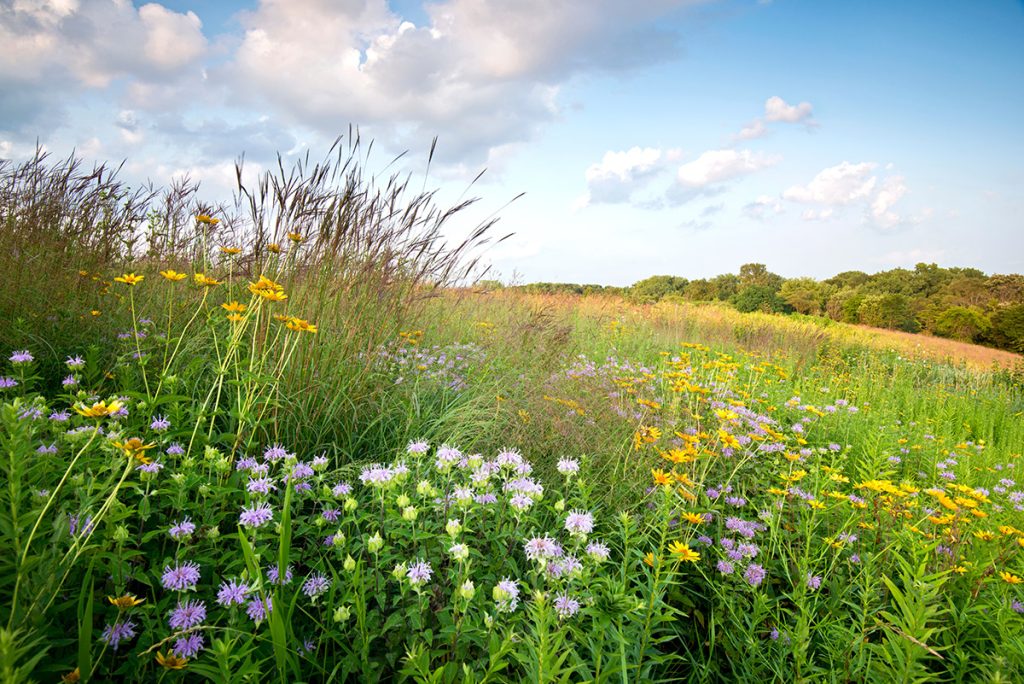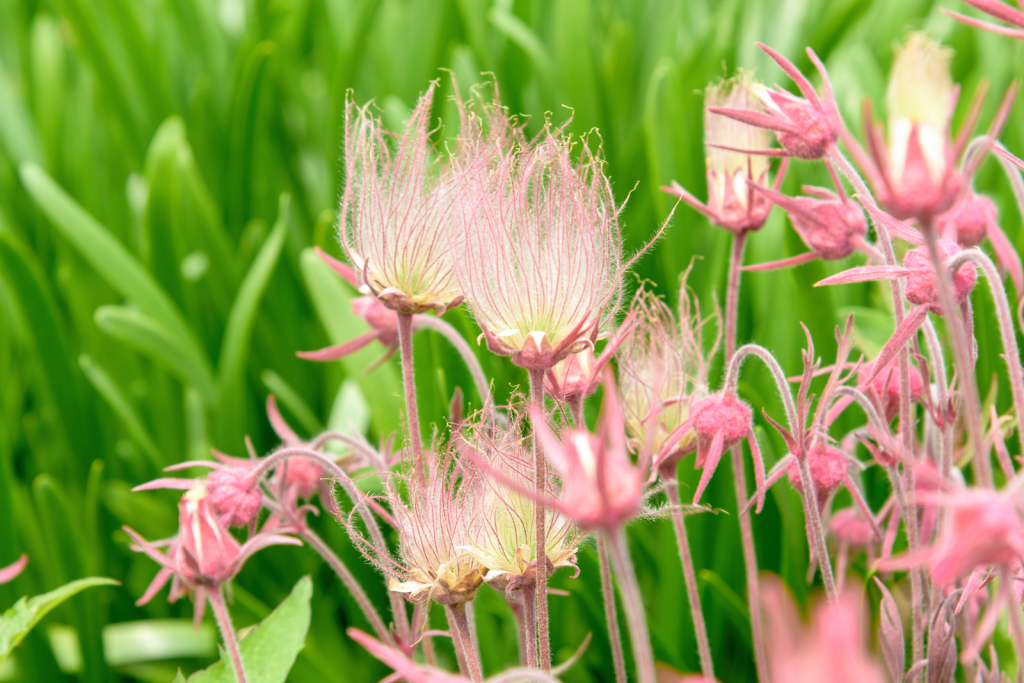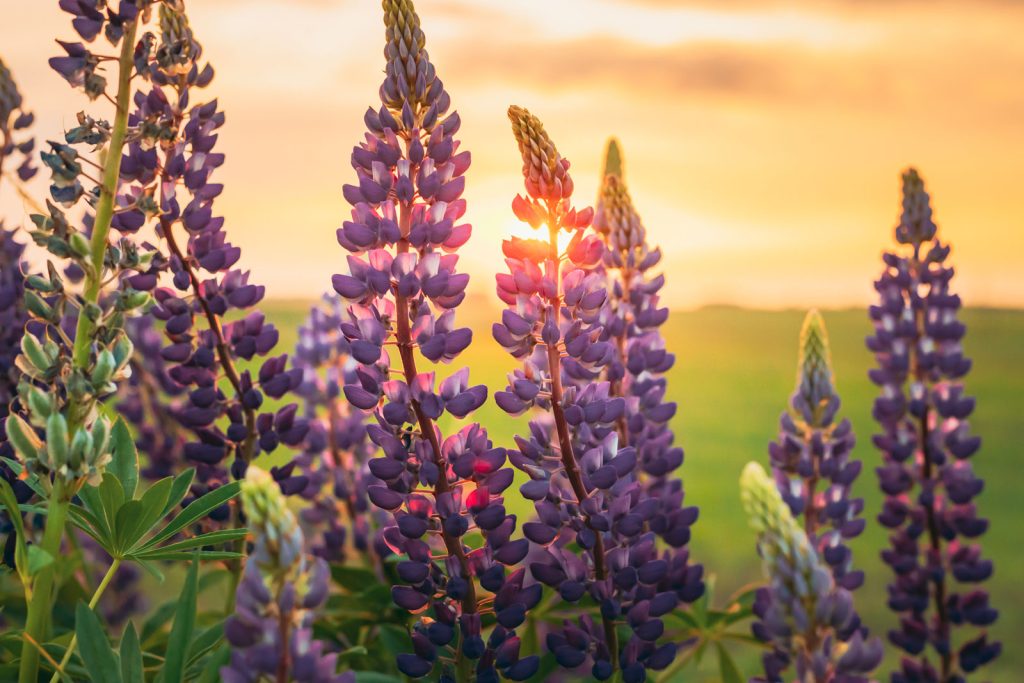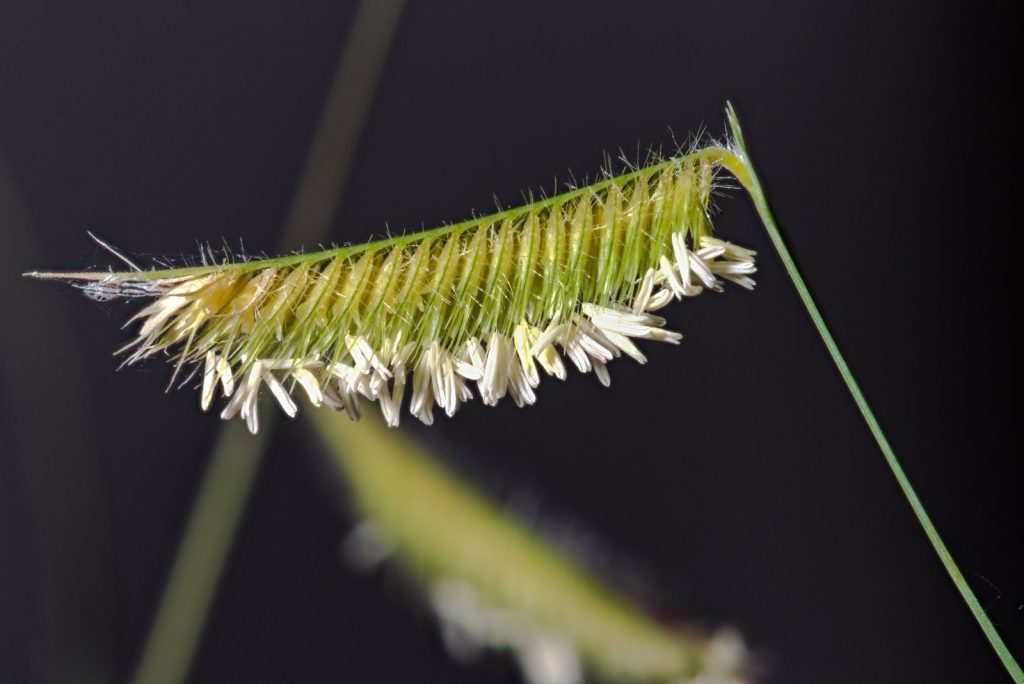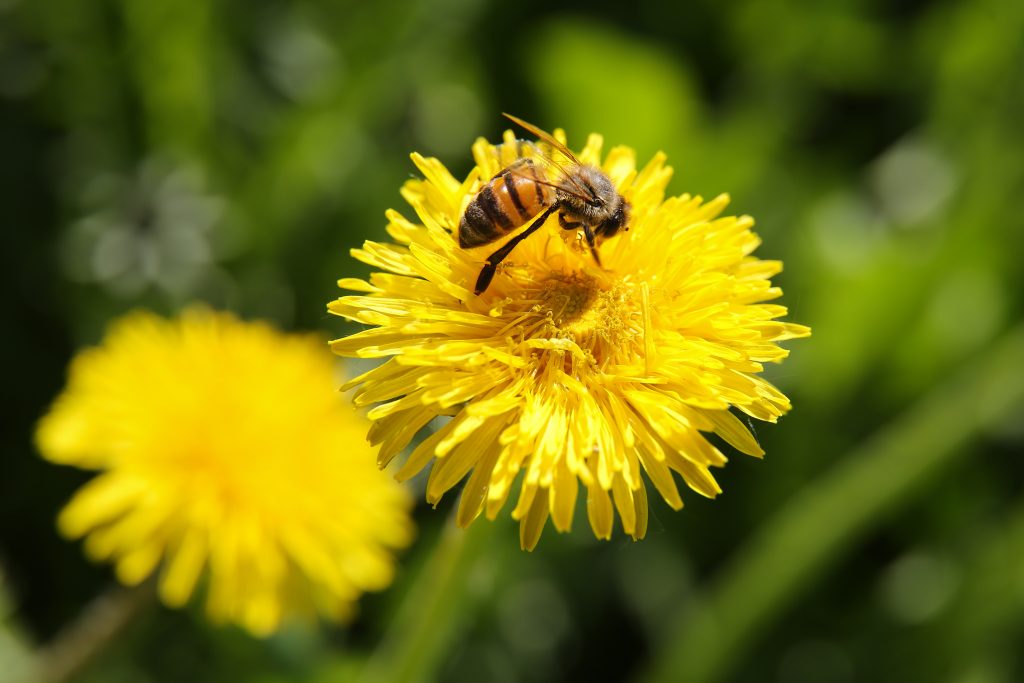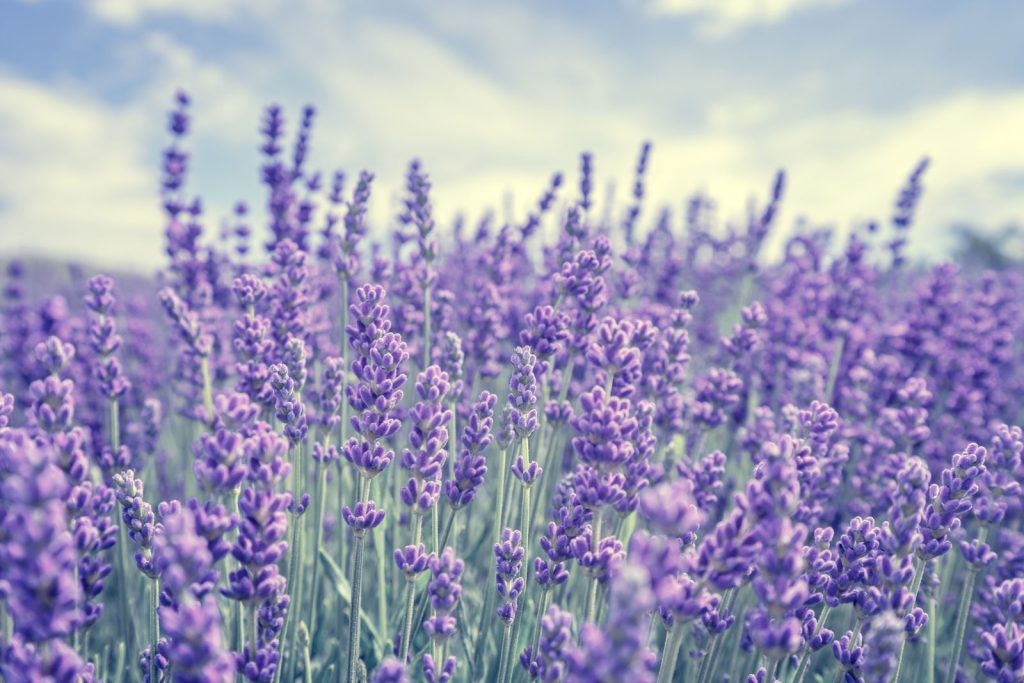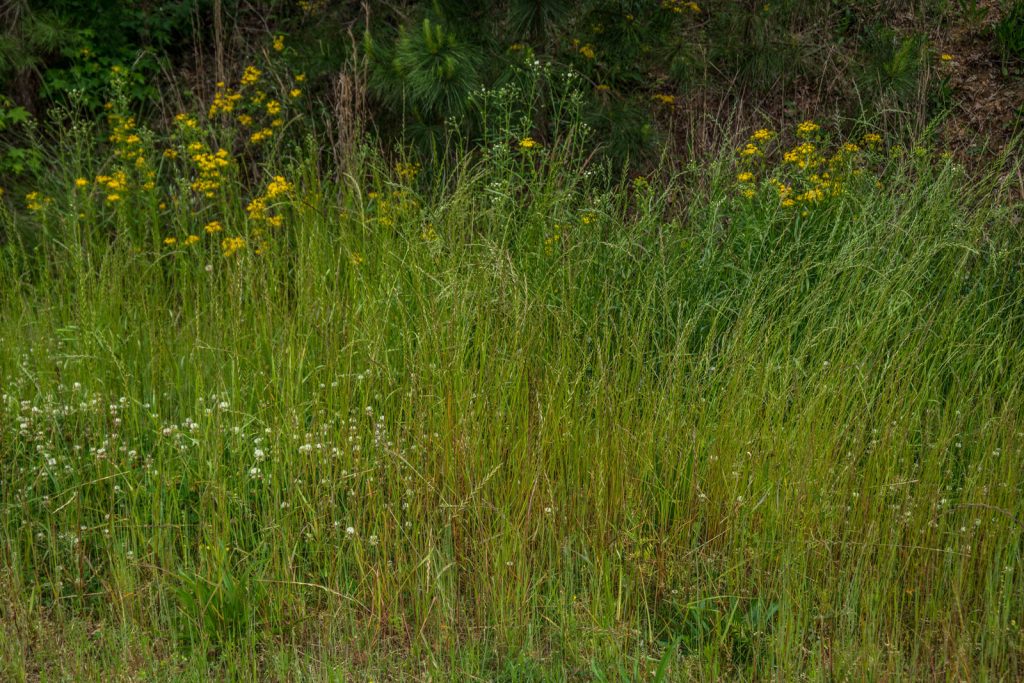The Role of Native Grasses in Soil Health and Erosion Control
Native grasses play a vital role in maintaining soil health and preventing erosion. Their deep root systems, resilience, and adaptability make them ideal for improving soil structure and stability. Benefits of Native Grasses 1. Improved Soil Structure Native grasses have deep, fibrous root systems that enhance soil structure by creating channels for air and water […]
The Role of Native Grasses in Soil Health and Erosion Control Read More »

